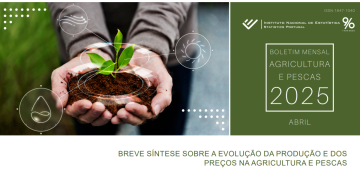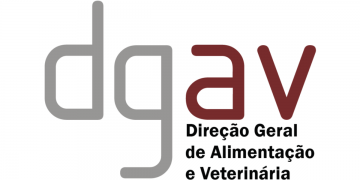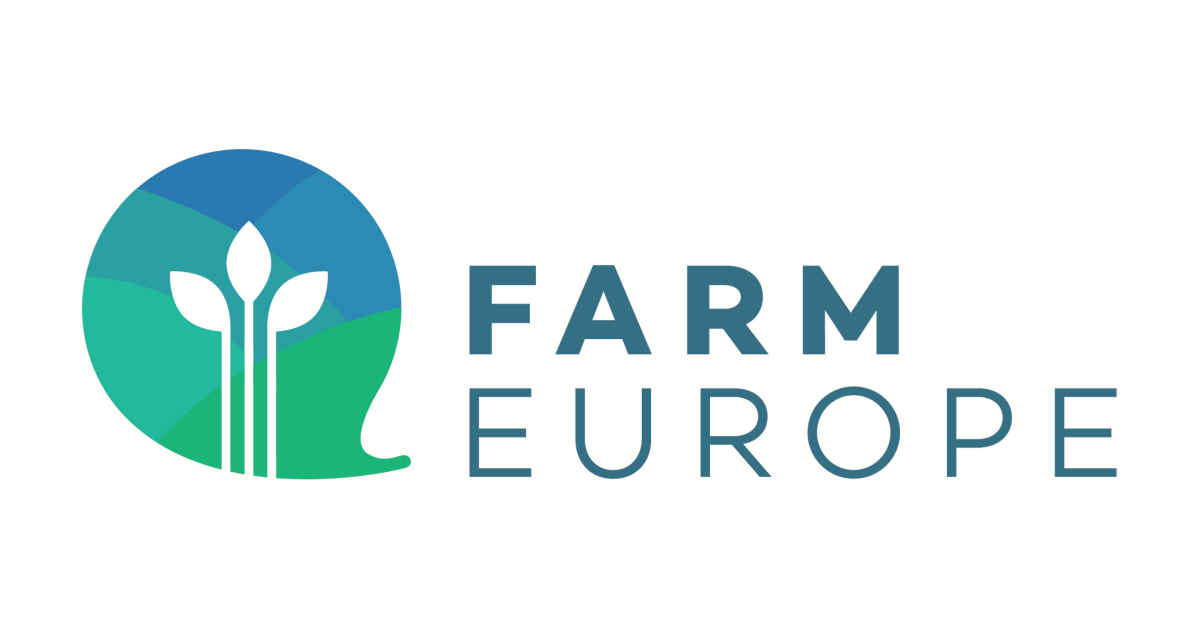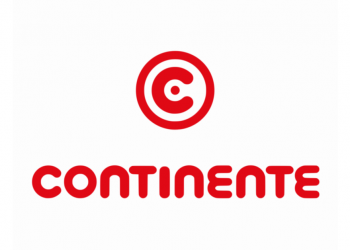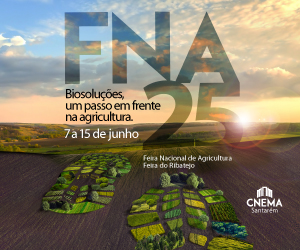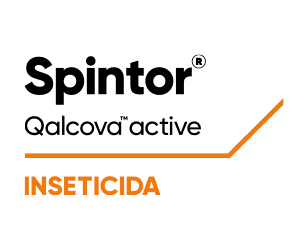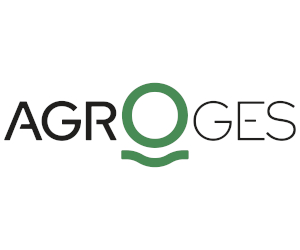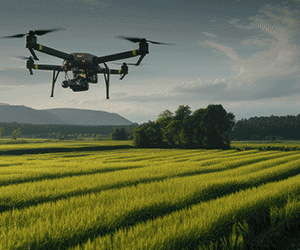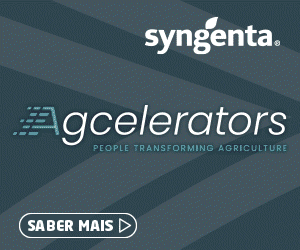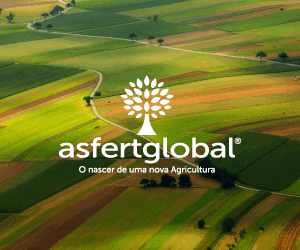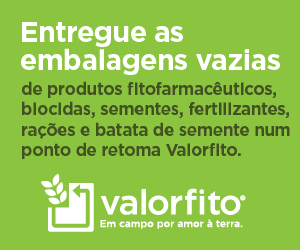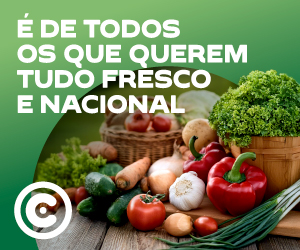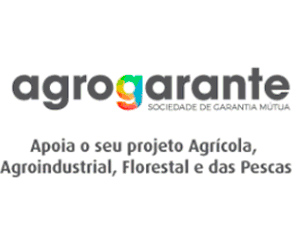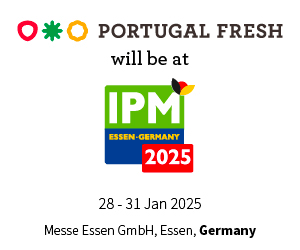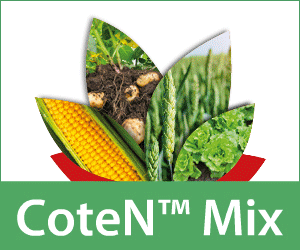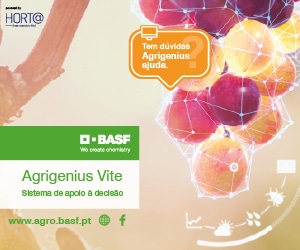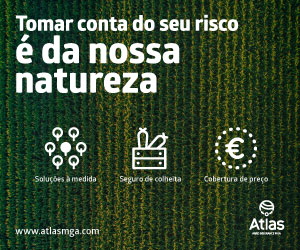Today, the European Commission adopted its Clean Industrial Deal.
Presenting the roadmap and main policy initiatives to follow, the Executive Vice President, Stéphane Séjourné, summarized the ambition as a need to do more and better and create a realbusiness plan, while underlining the will to focus on “Made in Europe.” This new politicalimpetus is a welcome and clear step in the right direction for the European Commission. Itwill need to be the first milestone before further bold initiatives to truly reconcilecompetitiveness and the green transition.
The role of agriculture must be stressed in this context : there will be no Made-in-Europe Clean Industrial Deal without more and better agricultural products. Whether it concerns renewable energy, chemicals (including bioplastics), textiles, or biomaterials for buildings, alarge share of input will have to come from agriculture.
The role of agricultural biomass must be further underlined and fully reflected into thefuture bioeconomy strategy. Also in this sector, Europe should seek for sustainableintensification, in other words, to produce more and better. The bioeconomy agricultural values chains are strategic if Europe is willing to build a sovereign, efficient and affordable carbon neutral economy.
Therefore, Farm Europe calls upon the European Commission :
• To further integrate its agricultural and industrial strategies to unlock the potentialcontribution of farmers to the bioeconomy without unnecessary obstacles. For example,the crop cap on biofuels should be increased, the limitations in the taxonomy lifted andadditional incentives created for other bioeconomy sectors going beyond traditional targets tocreate markets ;
• To strengthen its controls and certification mechanisms to stop unfair competitionfrom imported products and establish robust sustainable value chains. Currently, fraudulentlabelling, certification practices and lack of controls undermine the development of Made inEurope bioproducts. For example the credibility Annex IX A biofuels require urgent actionsfrom the European Commission.
O artigo foi publicado originalmente em Farm Europe.



